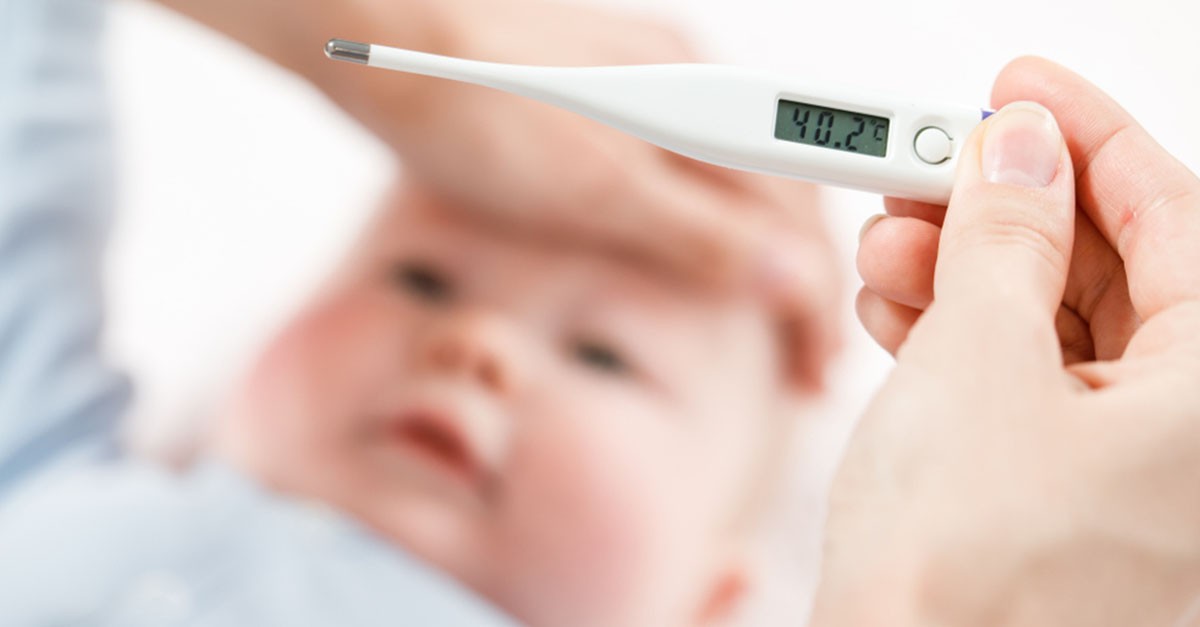
Dental care for babies and children
Awareness of dental hygiene and Dental care for babies and children has developed enormously. With the right dental care, you are laying the foundation for healthy teeth. Here you will find information from the care of the milk teeth to the independent brushing of the children’s teeth.
Healthy children’s teeth from the start
Teeth have to last a very long time. In the Childhood and adolescence lay the foundations, that you can grow old with your own teeth. Parents are therefore right to ask themselves when they should start brushing baby teeth.







